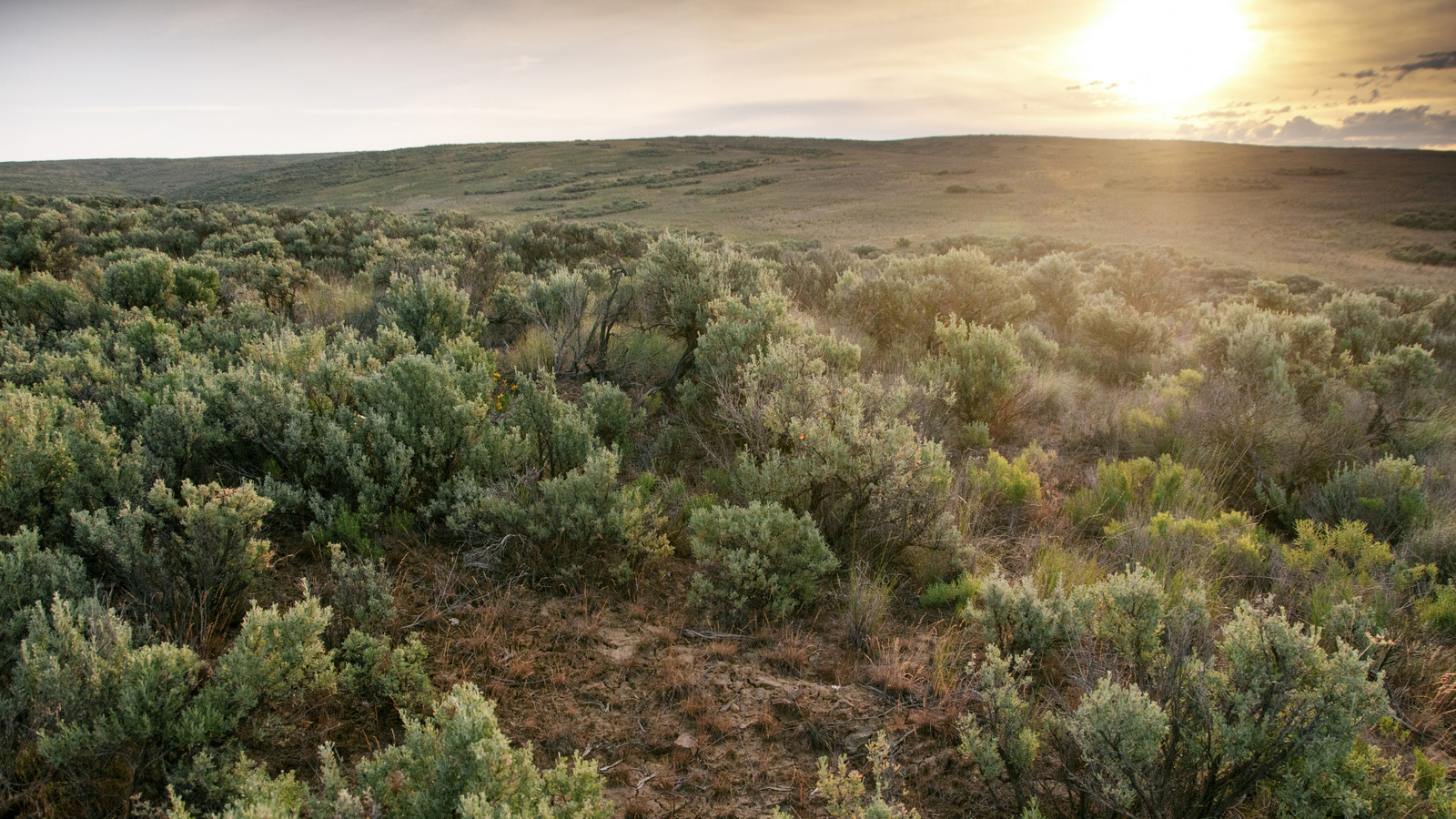When scientists were looking for a better way to restore sagebrush they thought way outside of the box. The solution — a pasta maker.
They insert their special mixture of soil and additives into the pasta machine and make a special “dough” used to create “ravioli” seed pellets. This “dough” serves as a coat armor for tiny sagebrush seeds — providing protection and optimal germination conditions. The pellets have a 70% better chance of survival (than scattered seeds) and can be easily spread across large landscapes.
“When we put them out into the field they emerge quickly,” says Lauren Svejcar, a Research Assistant at Oregon State University (OSU), “and then are prepared and they’re not tiny little seedlings and they can survive through the drought.”
Sagebrush steppe has been reduced by non-native grasses, drought and wildfires. Sagebrush plants are essential habitat, and wildlife (like sage grouse) depend on them for survival.
Scientists at the Nature Conservancy, USDA and OSU continue to improve the soil formula and plan to scale up this technology for use in sagebrush restoration across the American west.




Look to nature . Our creater did all the hard work, just follow his grand design.
Lisa,
I write the Conservation News section of Land Trust Alliance’s Saving Land magazine, which is a collection of short articles about land conservation from across the country. We’d like to include a few paragraphs based on this post, which will link to your story. Just wanted to give you a heads up! You’re welcome to review it before it goes to print. Just email me if you’d like to see it (edits needed by next Wednesday). Also, if it’s possible to get an image to go with the article, that would be great.
Rose
Hi Rose, Since you’ll be linking to us, please go ahead without sending it to me for review. Since you’re talking about TNC work, if you’d like to use the photo that I have here by Hannah Letinich, contact tncphotos@TNC.ORG to confirm permission and be sure to let them know that you’ll be using it in coverage of a TNC project. Thank you!
Loved the solution you found, hope that the project works out in the long term with such climate variability going on in the area!
Sage-grouse my favorite Idaho native bird and sagebrush steppe my favorite ecosystem … will never look at pasta the same again 🙂
Who do I get in contact with to volunteer for restoration projects using this?
Hi Ryan, Thank you for your interest! Please contact the Nature Conservancy in Oregon’s volunteer coordinator (orvolunteers@tnc.org) to find out if there are any restoration projects using this technology.
I am so impressed by this germination process method. I would like to obtain some of the seed pellets to seed my land in North Eastern Colorado. Can you let me know how I can purchase them or your recipe for the planting mix.
This is sort of like a seed ball that has been written about to distribute native plants.
That’s a wonderful idea on the pasta machine. Congratulations!
Great work you are doing! Will you ever try it with tree seeds by chance? We are trying bio-char tree seed balls in Kenya this up-coming Nov. rains – https://www.youtube.com/watch?v=9xl0Bj1R8Yk
Potential landscape scale reafforestation at a fraction of the cost!
Glad to see the next generation of TNC scientists continuing the work of Masanobu Fukuoka.
The pasta machine and the modern mixture components are step into the future from the original clay balls Masanobu taught us to use. Keep up the good work.